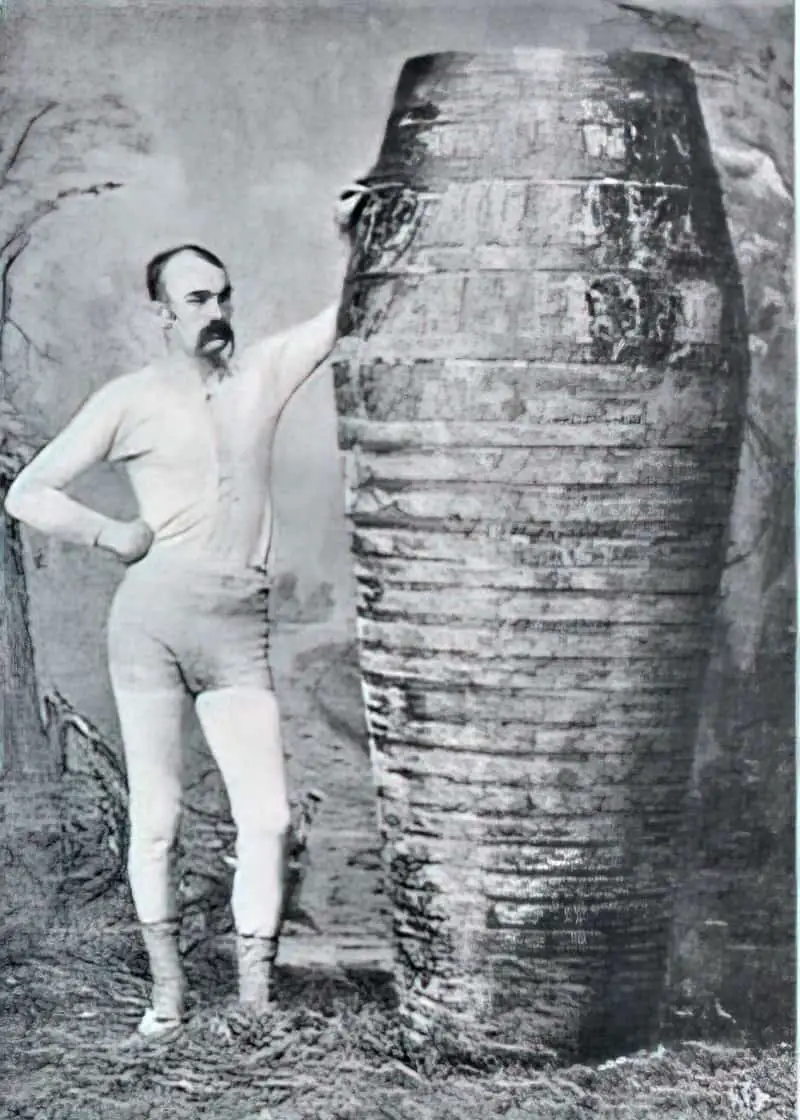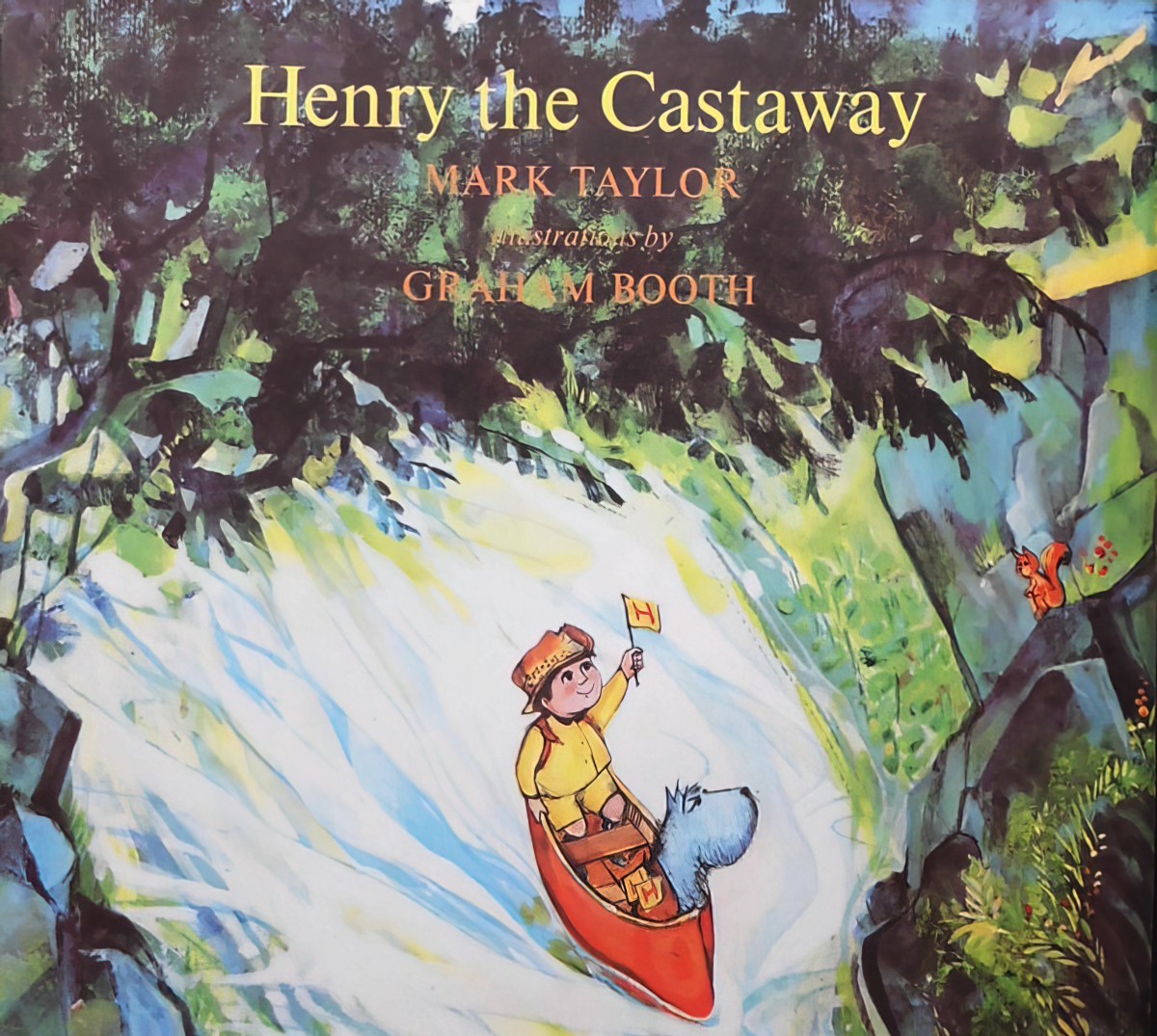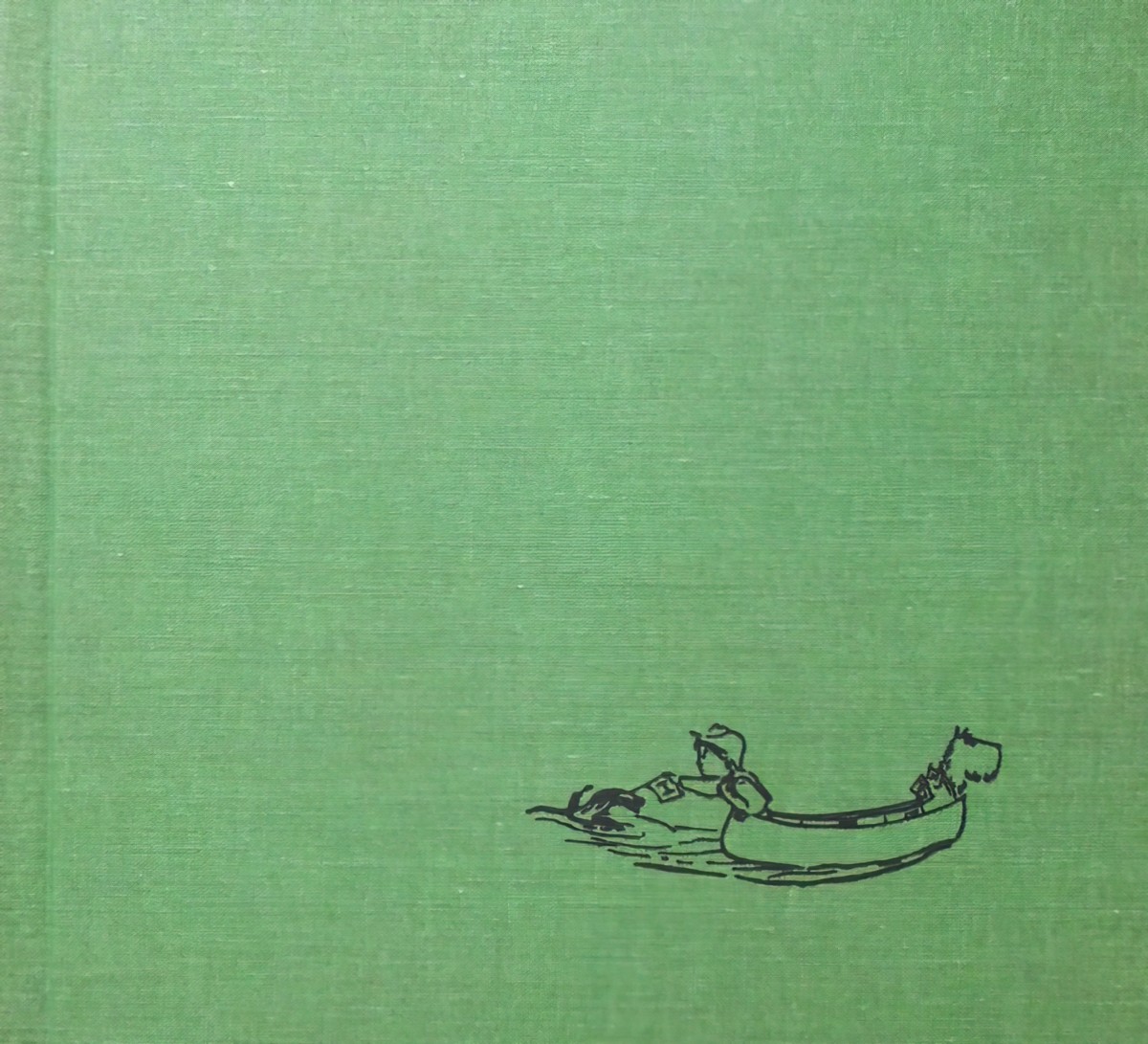“Queen of the Falls” is a picture book written and illustrated by Chris Van Allsburg. Some years ago, Van Allsburg gave a TED talk on this book and the history behind it. This post will focus on the storytelling techniques.
Elsewhere on the Internet Chris Van Allsburg shared some of his roughs, when he thought the trim was going to be horizontal format. It’s interesting to see how different illustrators create drafts. Van Allsburg’s drafts look something closer to other illustrators’ finals. If Van Allsburg stuck with this rougher style of art, with the hand of the artist clearly evident, the mood of the book would be different. The realism of Van Allsburg’s final illustrators achieve a photographic realism which makes the story all the more harrowing.
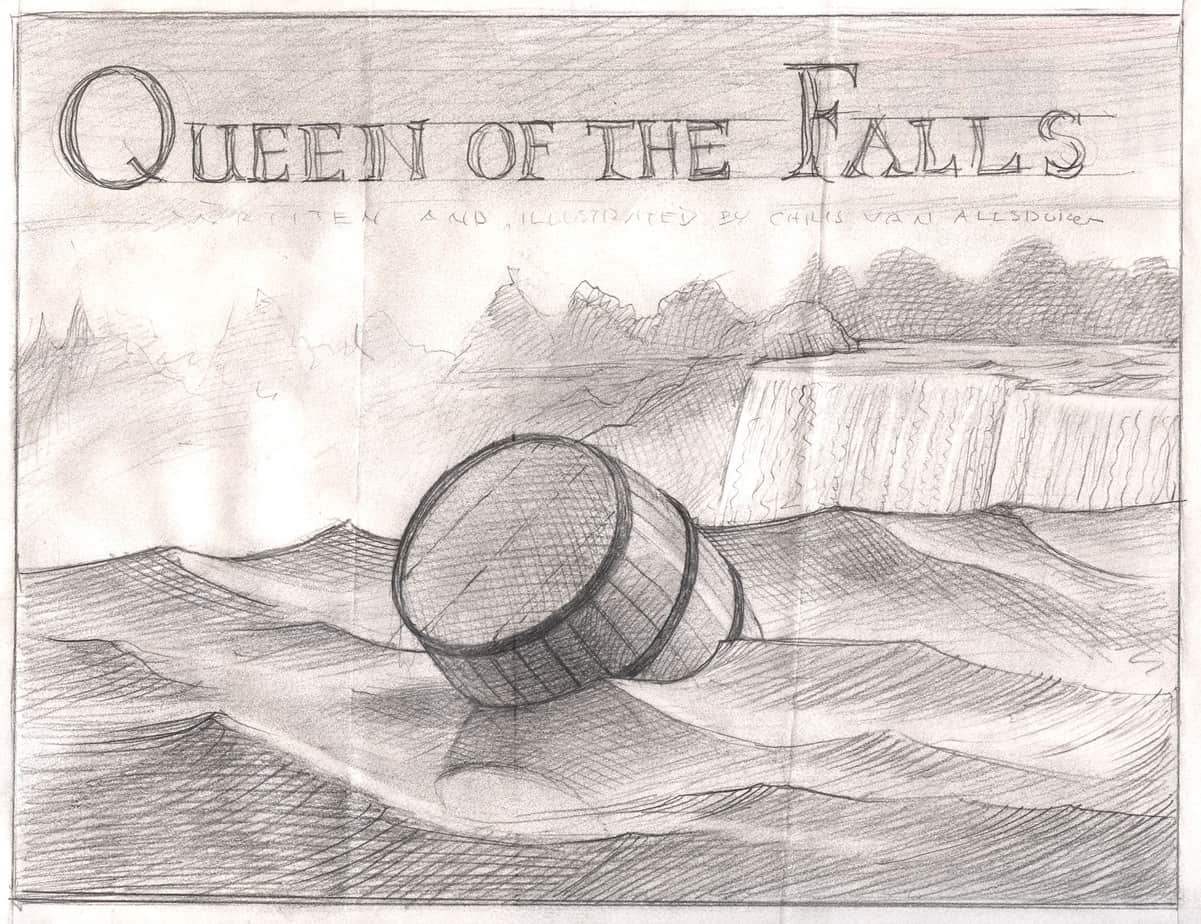
SETTING OF QUEEN OF THE FALLS
PERIOD — 1901 and the years following
DURATION — The drama plays out around the preparation for the event and pace slows down for the dangerous event itself. We don’t find out what Annie was like as a child or as a young woman via backstory, or even if she had children of her own. I find myself craving this information, trying to work her out, but this is a pleasant kind of unsatisfied craving, similar to a shadow which promises something sinister happening just off the page.
LOCATION — Niagara Falls, United States of America
MANMADE SPACES — We see a view of Annie’s charm school. I had to look up what a ‘charm school’ even is: As I’d deduced, it’s basically an American word for ‘finishing school’. It exists to teach children social graces. This juxtaposition is fascinating, because what Annie ends up doing is the opposite of what we might expect from the trope of the charm school ma’am: A stiff, unyielding, conservative woman who has no time for nonsense, frivolities and dare-devilry. Annie defies categorisation.
NATURAL SETTINGS — The Niagara Falls; magnificent waterfalls which attract many tourists. In English words don’t carry gender, but many things do carry symbolic gender. Waterfalls are generally gendered feminine. The illustrations below may partly explain why; the fall of water is reminiscent of a young woman’s cascading hair.
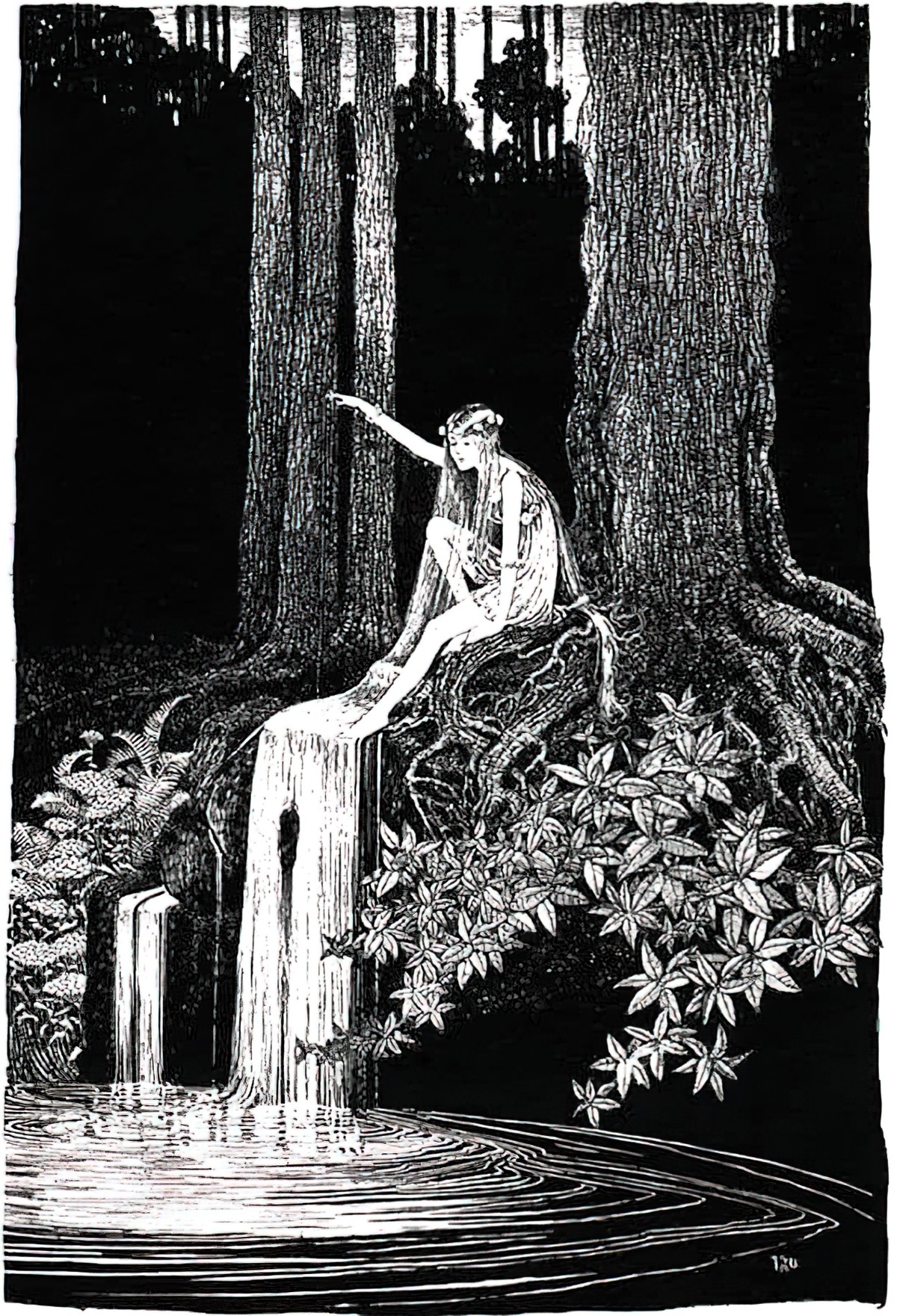
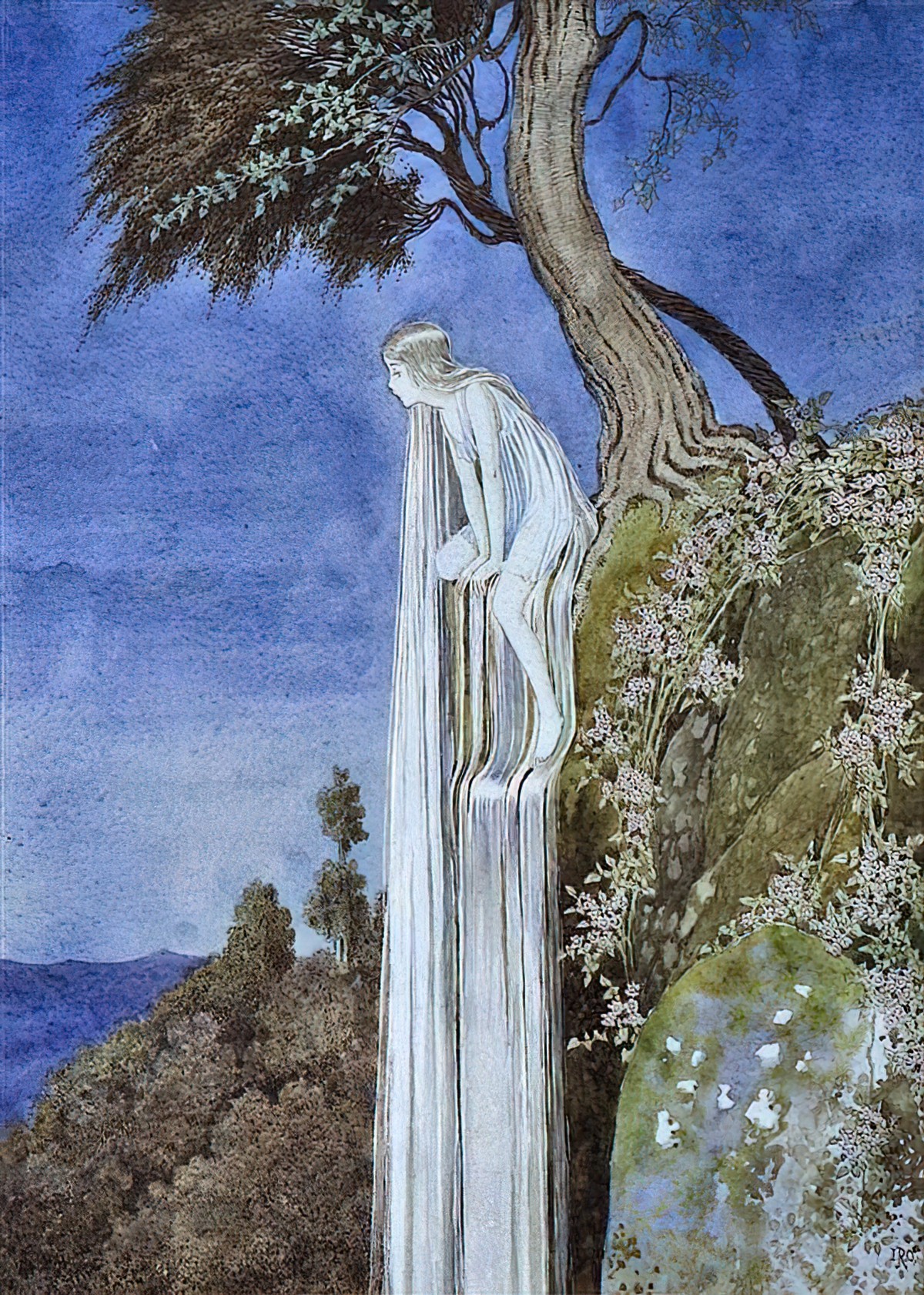
The Maid of the Mist is a sightseeing boat tour of Niagara Falls, and is also a feminisation of waterfalls.
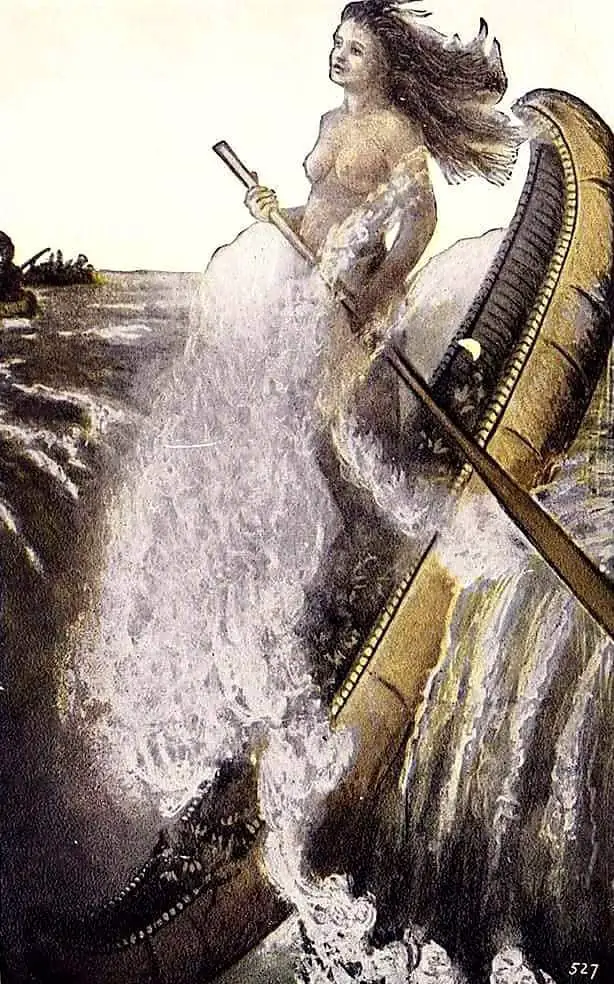
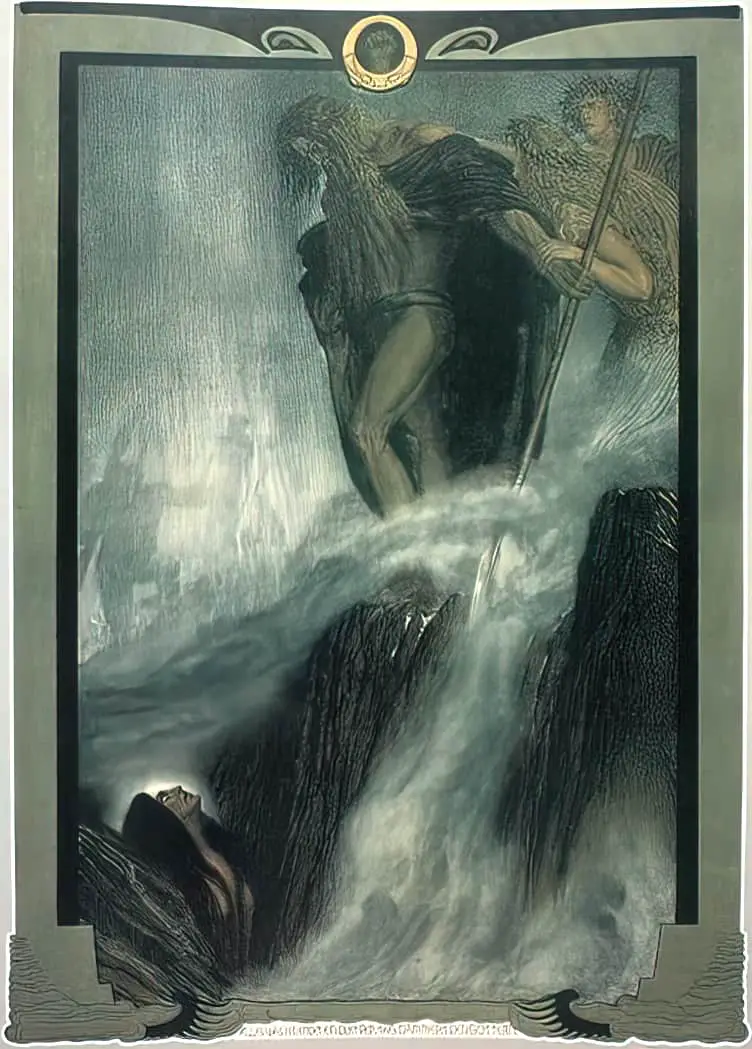
TECHNOLOGY CRUCIAL TO THIS PARTICULAR STORY — Annie’s techinical knowledge was “modest at best” and the best vehicle she could think of was a barrel lined with pillows.
The Niagara Falls was used to make people plenty of money, both directly and indirectly. Below is a 1909 advertisement for a boat ride. Another advertisement shows how Niagara was used to sell hydraulic rams.
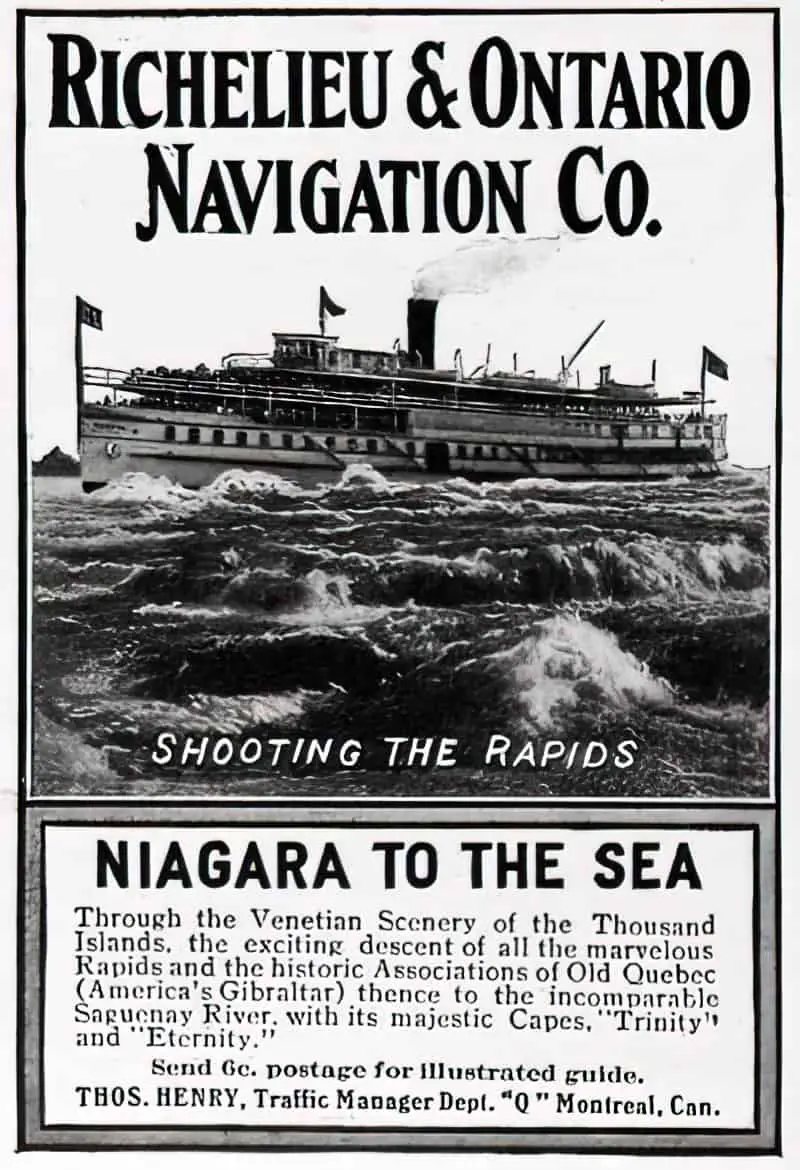
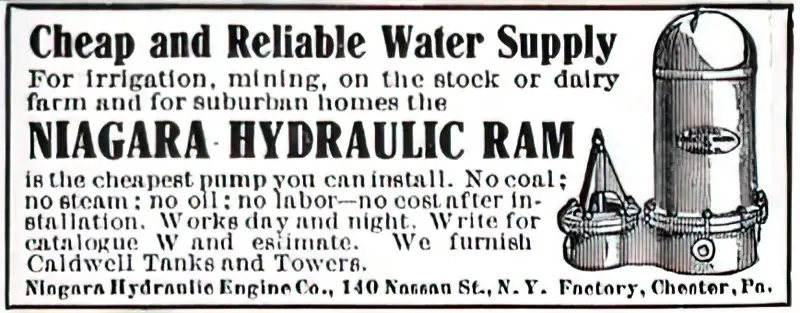
LEVEL OF CONFLICT — As explained clearly in the book itself, older women were in a vulnerable economic position. No one was going to care for Annie in her old age. The life she could expect without income was no life worth living. Van Allsburg suggests on the page and in his talk that Annie could have done something else. I’m not quite so confident about that. Could she really have chosen to be a domestic labourer? The labour of a housewife or domestic servant in 1901 was hard, hard physical work, akin to the physical labouring job typically done by men today (with twice the upper body strength). A 62 year old woman was an elderly woman, who possibly needed her teeth fixing, who possibly needed better glasses, hearing aids, and didn’t have those advantages.
THE EMOTIONAL LANDSCAPE — Apparently, Annie was the first to ever pull this stunt. Three men went down before (half a century before) and plunged to their deaths. Many who came after were younger, fitter and had the huge psychological advantage of knowing that it had been done before.
…it is well known that a vital ingredient of success is not knowing that what you’re attempting can’t be done.
Terry Pratchett, Equal Rites
But I have since happened upon a news article regarding one Sadie Allen, who went over the falls in a barrel in December 1886. Annie surely knew this had been done.
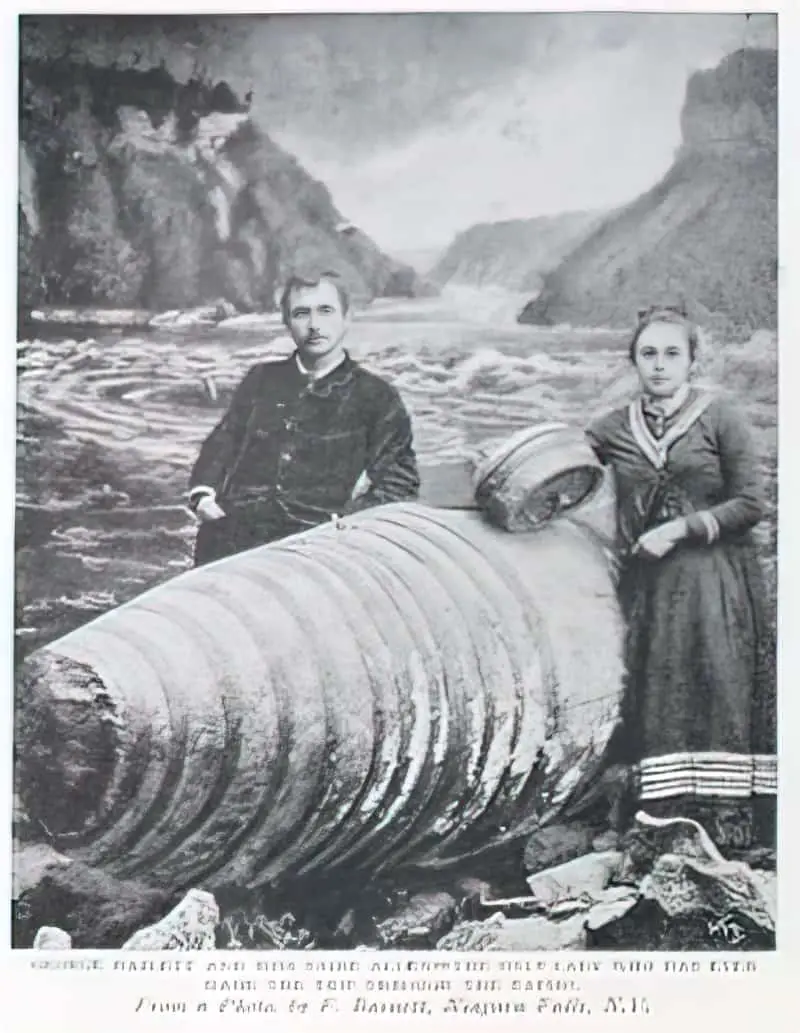
The 1899 magazine article says this:
The only woman who ever made the trip through the rapids is Miss Sadie Allen. The date of her trip was November 28th, 1886, and her companion was George Harlett, who, on August 8th of the same year, had been through the rapids with William Potts. They used the same barrel used by Hazlett and Potts. Miss Allen’s trip ended at the whirlpool.
“The Heroes of Niagara”, The Wide World Magazine
I wouldn’t mind bettering Annie had read that exact magazine article.
Annie may also have been influenced by a strong belief in an interventionist God, and in an afterlife. She may have thought that she’d put God to the test; if she was meant to live, she would. If not, that was God’s plan. Perhaps.
An estimated 5,000 bodies were found at the foot of the falls between 1850 and 2011. On average, between 20 and 30 people die going over the falls each year. The majority of deaths are suicides—and most take place from the Canadian Horseshoe Falls, and many are not publicized by officials.
List of people who have gone over Niagara Falls
Of those who we assume attempted the navigate the falls without dying, there have been 13 fatalities and 17 survivals. To say nothing of injuries, this isn’t great odds.
STORY STRUCTURE OF QUEEN OF THE FALLS
Researching Mrs. Taylor’s life provided details that made it clear that her story was not one that fit into a conventional narrative of the determined underdog who triumphs over the challenges and obstacles placed before him or her, and emerges with admiration and rich rewards. Annie’s story was more complicated than that—and, to me, more interesting.
Chris Van Allsburg
PARATEXT
Chris Van Allsburg himself has spoken frequently about his interest in the life of Annie Taylor and this provides some of the paratext.
The shape of the picture book is also significant:
My initial design for the book was horizontal, partly to accommodate longer text in a thirty-two-page format. I ultimately changed to a vertical shape when it became clear a forty-page format would allow for a more effective balance of text and pictures. (I was also persuaded by my colleagues at the publisher that a vertical format was more appropriate for a book about a monumental fall.)
Chris Van Allsburg
SHORTCOMING
Annie’s stunt, and the pragmatic way in which she went about preparations for it, paint the picture of a woman with a definitive, black-and-white, dualistic world view. Once she’d decided to do this, nothing would stop her. She would either live in abject poverty, or be wealthy beyond her wildest dreams. There was no in-between with Annie.
Writers are often told to give a character both a psychological and a moral shortcoming when writing. Van Allsburg decides that Annie was ‘proud’. Like Walter White in Breaking Bad, who ends up washing his students’ cars over summer, Annie is assumed to be too proud to do domestic work. But as I said, I think there’s more to it than that. Interestingly, when it comes time to get inside the barrel, Annie is described as ‘modest’ when she requires the men to turn away. ‘Modest’ is in some ways the inverse of ‘proud’. But perhaps you can be both. Also, sometimes ‘modest’ refers only to the wish not to display yourself in an exposing manner, which might be another outworking of ‘proud’.
DESIRE
What did Annie really want, deep down?
It’s well-known that when turning about 50 or 60, society makes women feel invisible. Over and above financial security, I suspect Annie wanted to feel seen.
OPPONENT
The opposition is a natural one; the Falls. There are also human opponents, for example the man who refused to have any part of Annie building a suitable barrel.
PLAN
Annie plans to end her poverty by tumbling over the Niagara Falls in a cushioned barrel then finding fame and fortune. Unfortunately her plan has a hole in it. Aside from the obvious threat of death, it is a strange decision to try and pass yourself off as 20 years younger. Surely it would have been more impressive had she revealed her true age. We are impressed by unusual combinations. The combination of a grandmotherly figure performing a stunt would have drawn the crowds. I feel she should have tried instead to pass herself off as 82 rather than 42.
But I can understand why she did it. Annie would not have felt invisible at the age of 42. She was running her charm school and had a place in the world. By pretending to the world that she was 42, she was proabably trying to reclaim some of the contentedness she felt at age 42.
THE BIG STRUGGLE
Annie’s journey down the falls is clearly the climax of this story.
It’s interesting to note what Van Allsburg left out. What he did not include: That a cat was sent down in a barrel a few days previously, and survived. Kids like cats, cats do well in picture books; why would Chris Van Allsburg leave this interesting detail out?
Because it’s grim, I guess. They were sacrificing the cat.
SOVIET SPACE DOGS
During the 1950s and 1960s the Soviet space program used dogs for sub-orbital and orbital space flights to determine whether human spaceflight was feasible. In this period, the Soviet Union launched missions with passenger slots for at least 57 dogs. The number of dogs in space is smaller, as some dogs flew more than once. Most survived; the few that died were lost mostly through technical failures, according to the parameters of the test.
A notable exception is Laika, the first dog to be sent into orbit, whose death during the 3 November, 1957 Sputnik 2 mission was expected from its outset.
Soviet Space Dogs
Sad as these stories are, picture books do cover the topic of animals sacrificed for the sake of science.
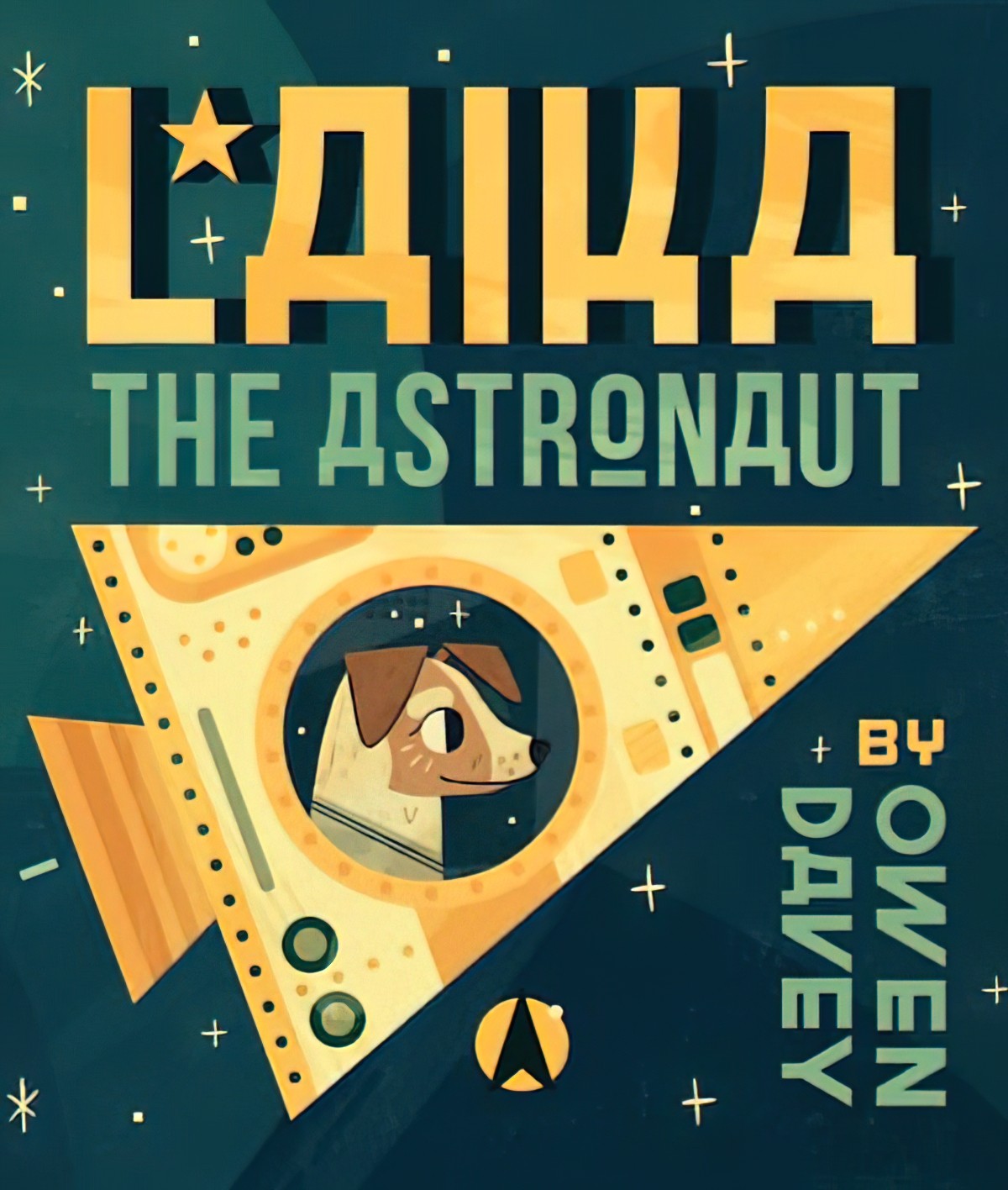
There is probably a narrative reason why Chris Van Allsburg did not include the cat. A cat in a picture book is as important as a human character. Readers will be as anxious about the cat as they are about the woman, leading to a double climax in which the first survival inevitably saps emotion away from the second.
ANAGNORISIS
Sure, she survived. But she was somewhat injured, and I wonder if she lived with some pain for the rest of her life. (Get injured at that age and it’s likely.) So even her ‘survival’ wasn’t binary; she could have broken her neck, sustained significant head injury and lived out the rest of her life incapacitated rather than dead. I’d be interested to know if she considered that inbetween possibility.
NEW SITUATION
But the riches did not follow.
EXTRAPOLATED ENDING
Then as now, you need a platform and a fanbase before you can turn stunts into cash.
RESONANCE
By creating this book, Chris Van Allsburg has made many people aware of a character from American history which we would never have known about otherwise.
There’s a much wider issue here worth delving into. It applies here in Australia as much as in America; the historical figures we celebrate are white and they are men. As often as not, the ‘adventures’ of these men were as stupid as they were brave.
Other types of braveries from other demographics are less celebrated, if not entirely forgotten.
Annie’s fall from the top of Niagara Falls is nonetheless the sort of bravery you’d find in young men. We don’t celebrate the bravery of a woman giving breach birth in the Australian Outback in 1901, but to my mind, the forgotten woman is equally ‘brave’.
WATERFALLS IN ART
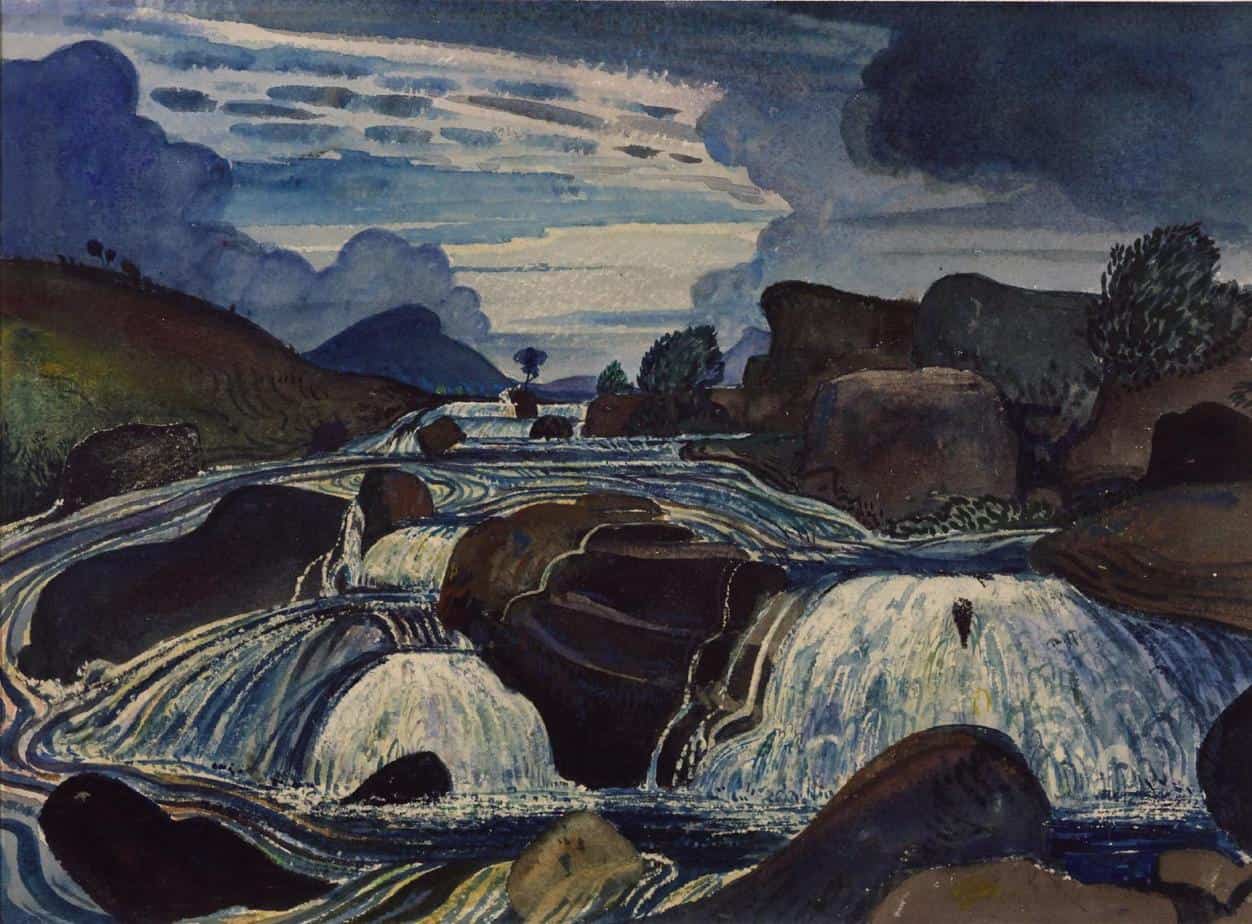
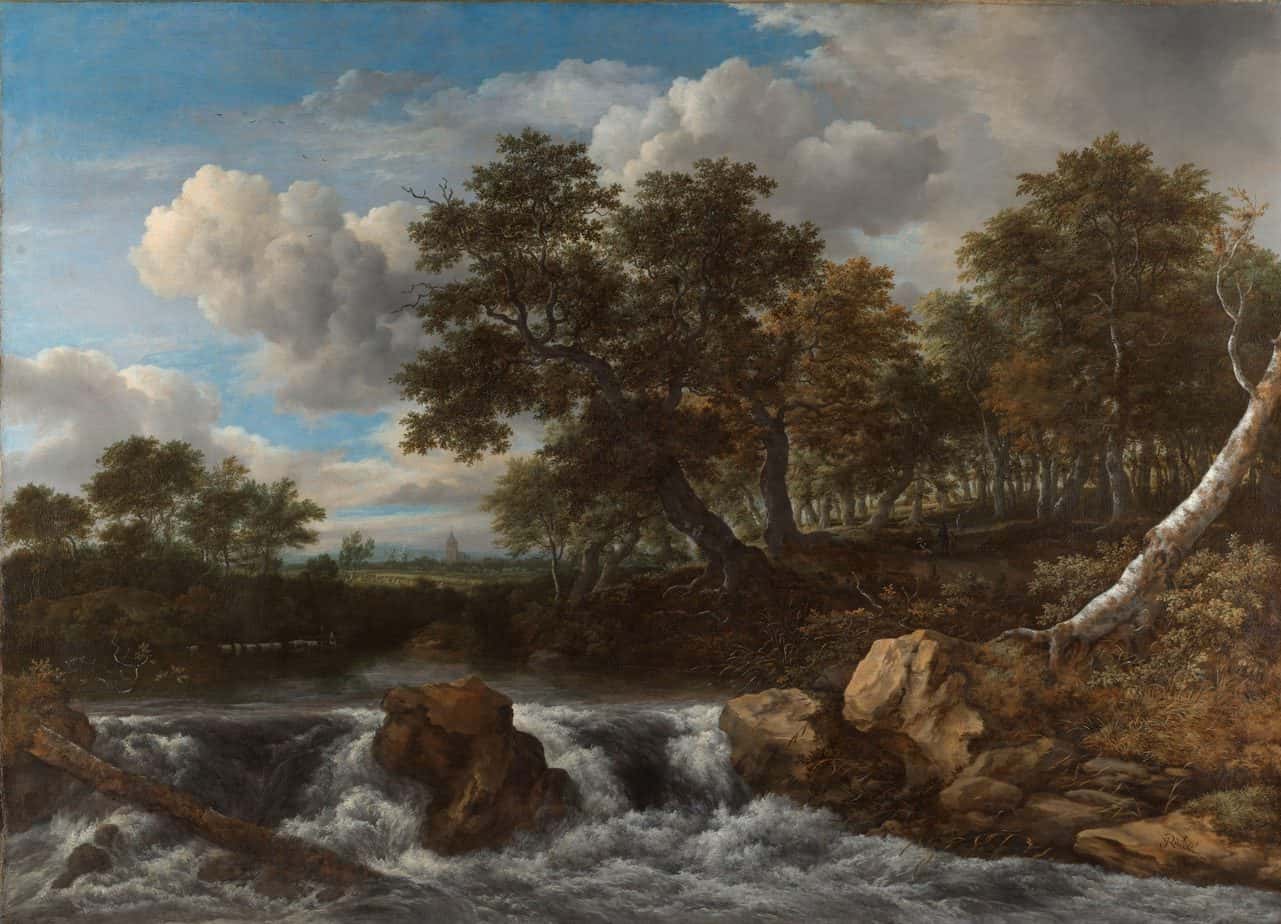
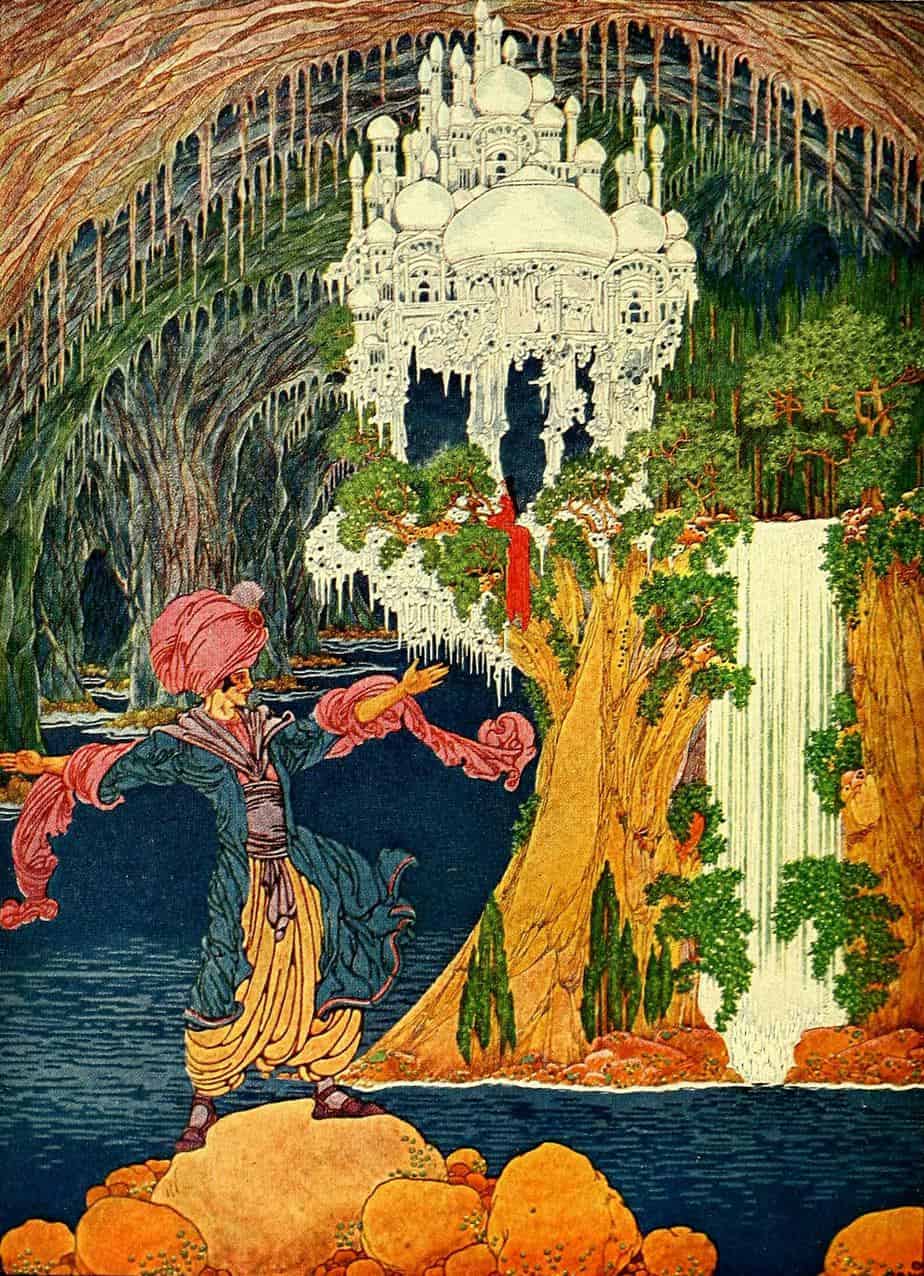
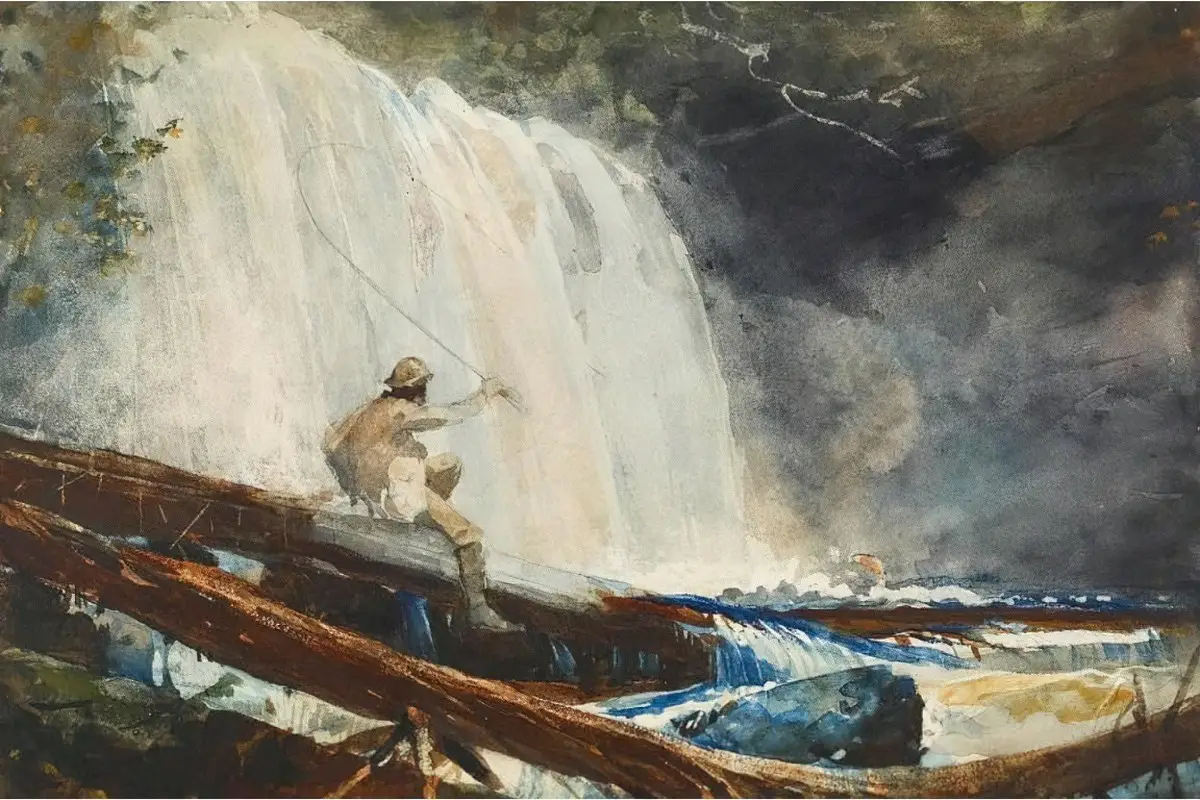
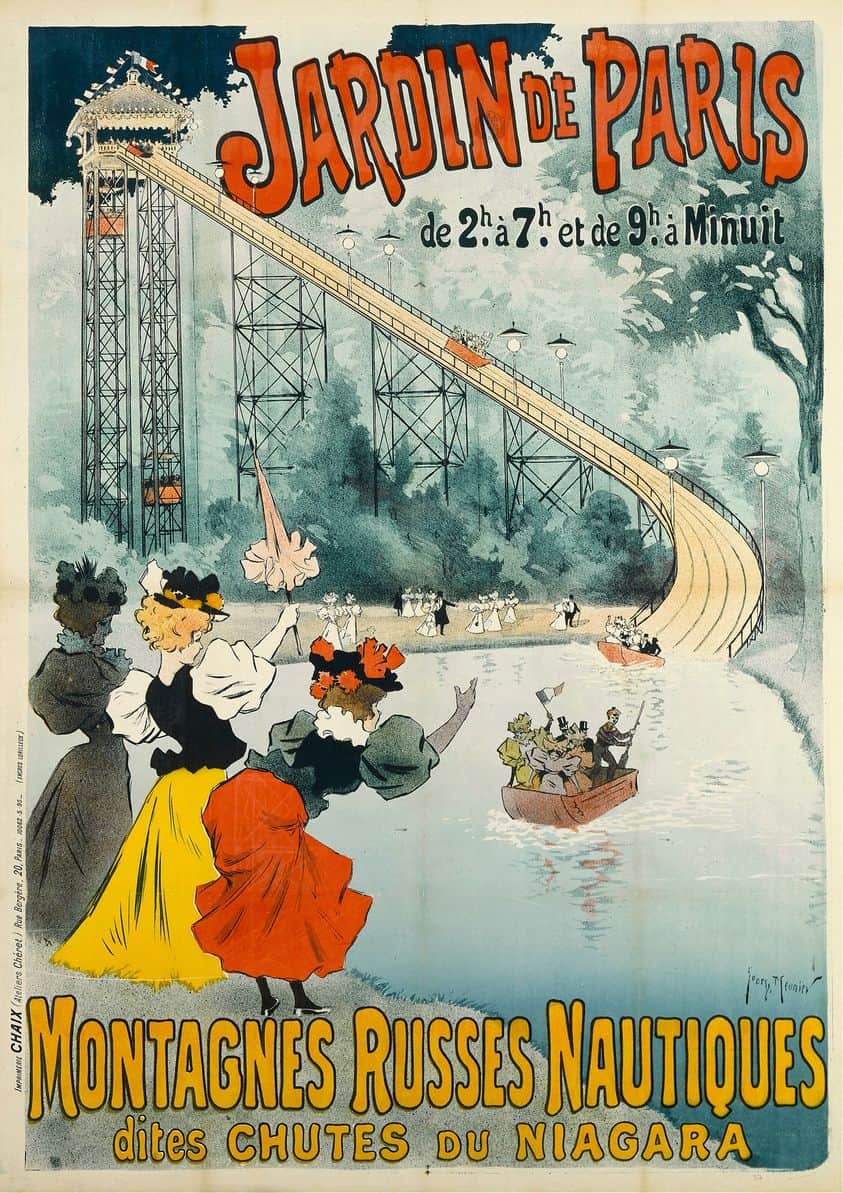
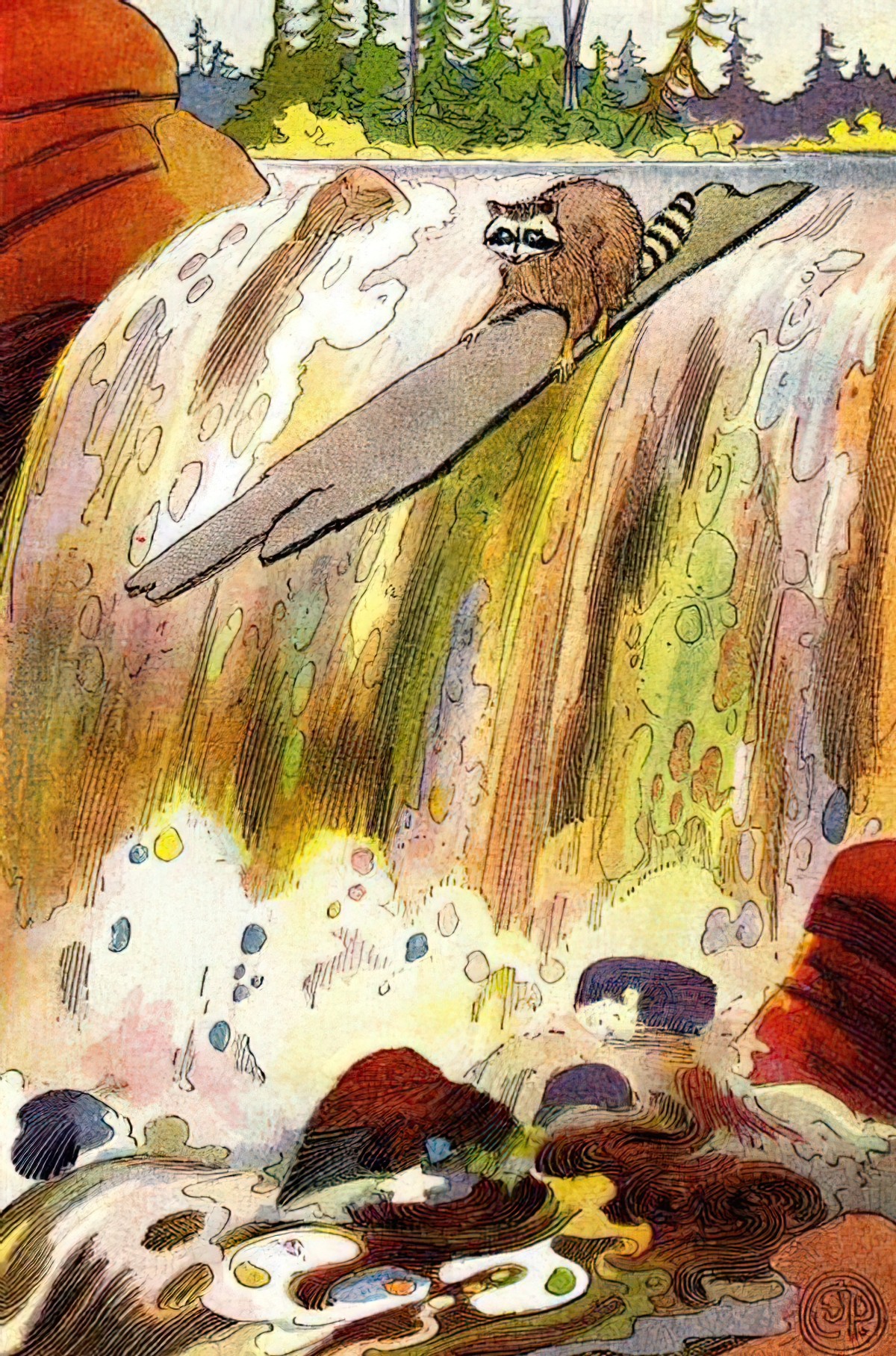
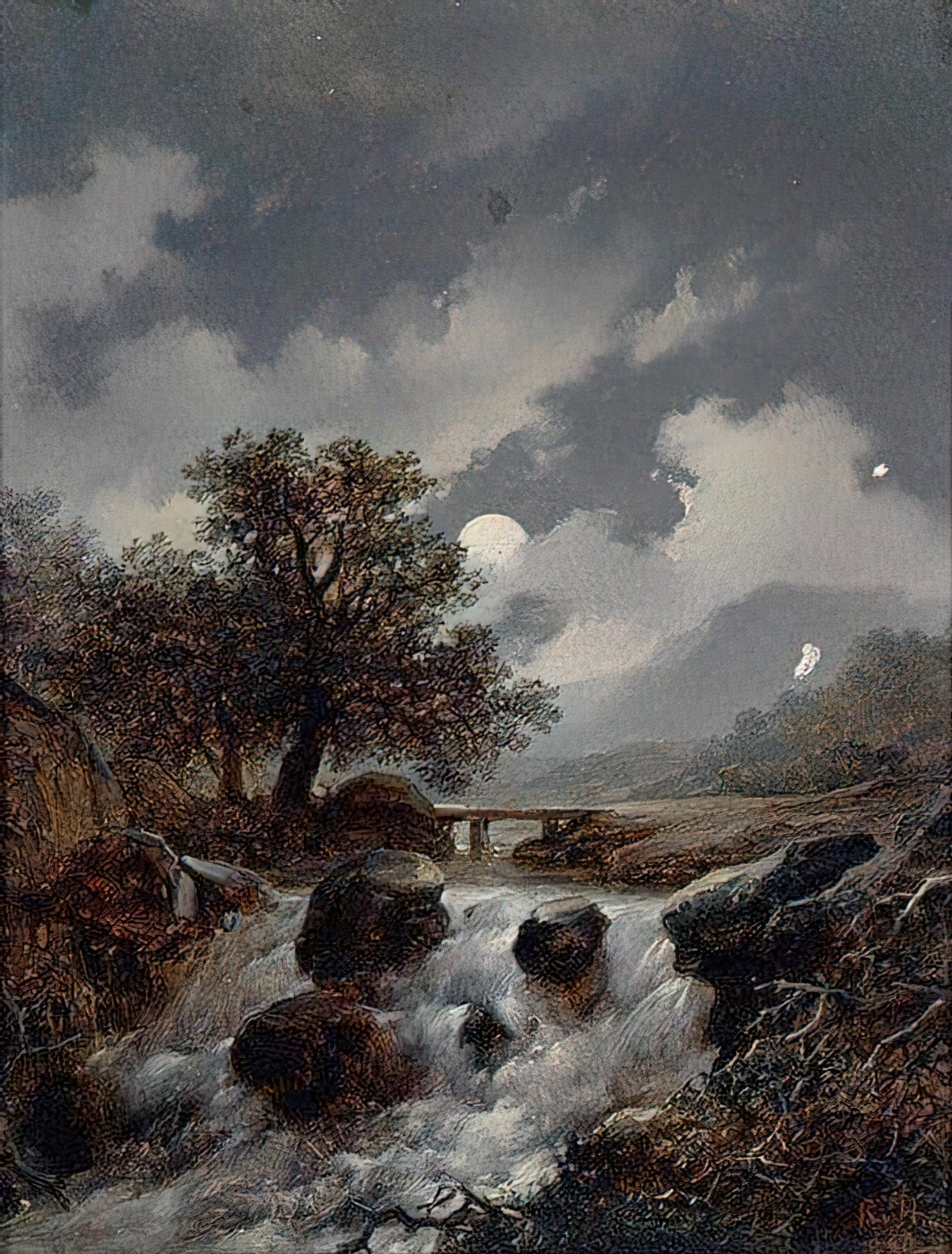
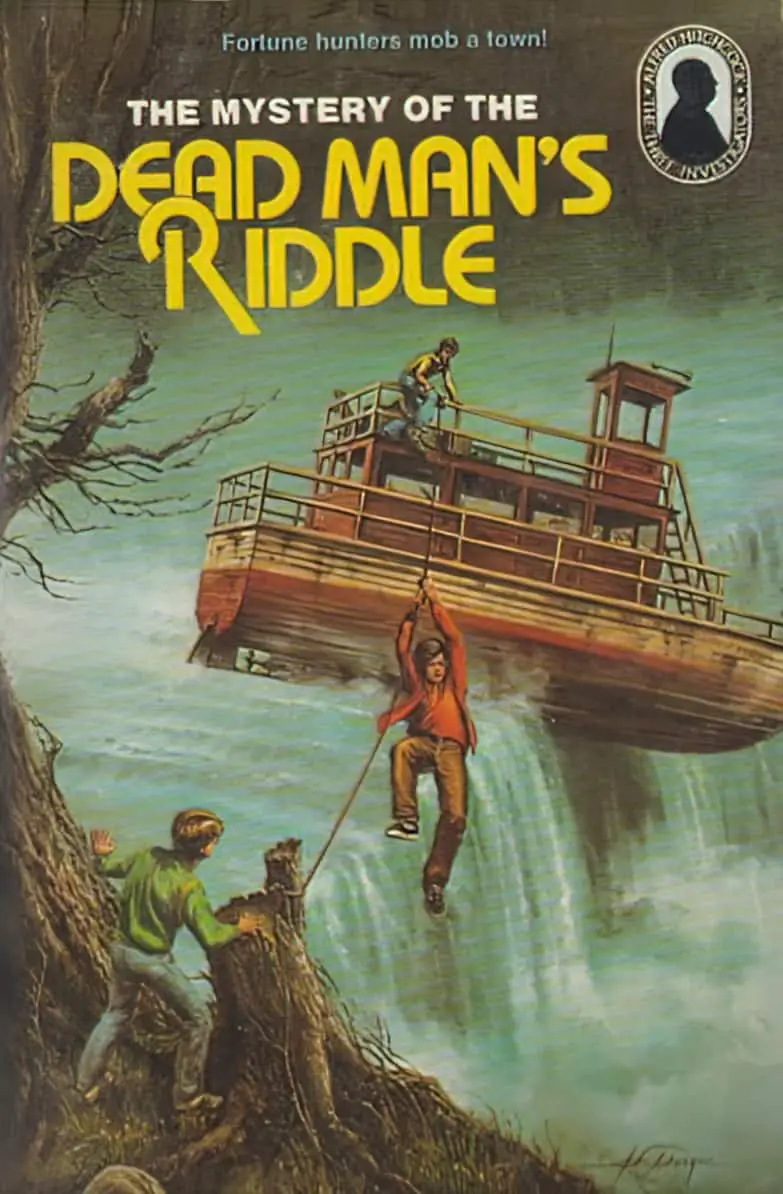
FURTHER READING
It’s usually not a good idea to get into a box, hoping it’ll take you somewhere. Another near death experience was had by a Welsh man who airmailed himself home from Australia in a crate in the 1960s.
That 1899 edition of World Wide Magazine has an more information about 19th century people who had gone over the falls in barrels.
